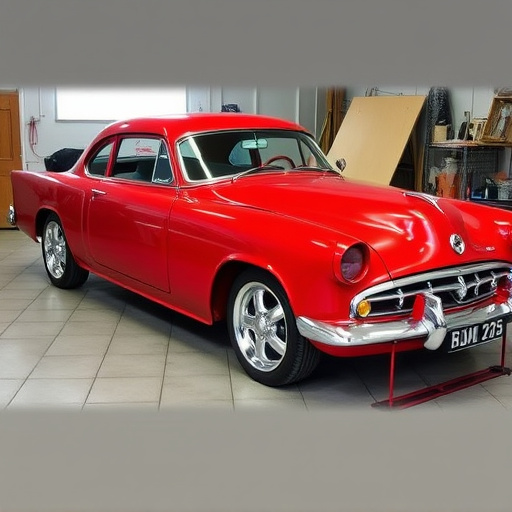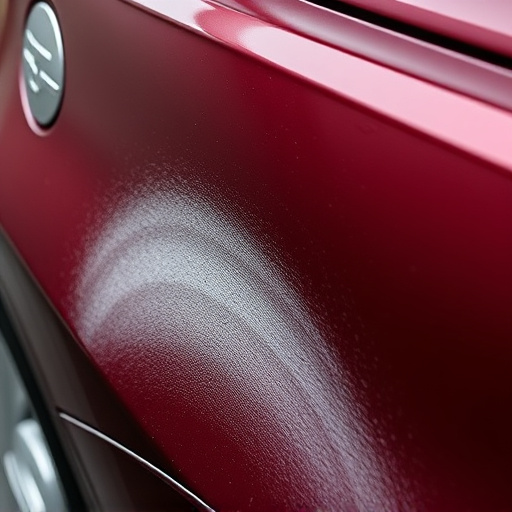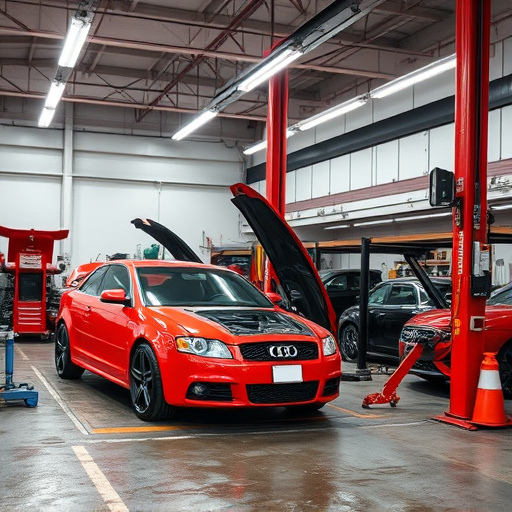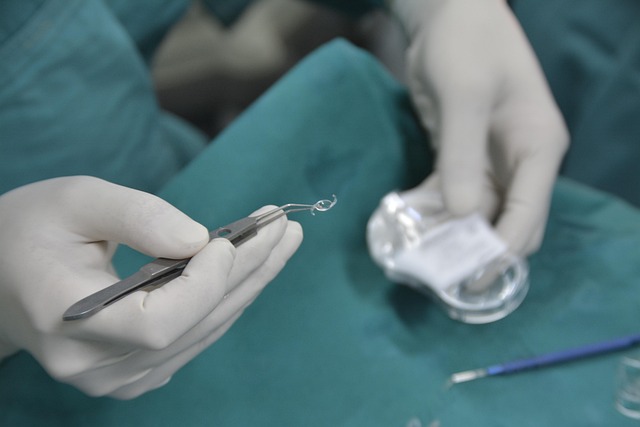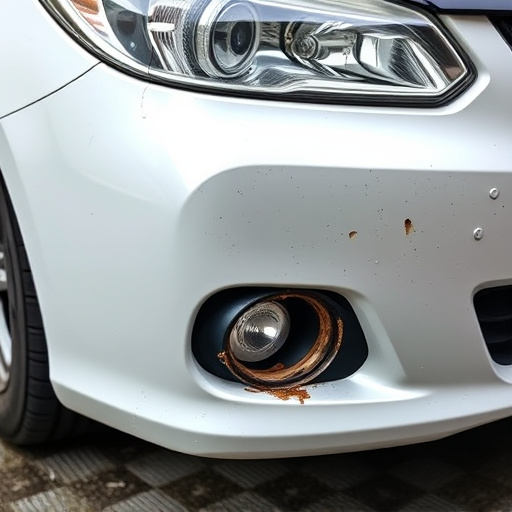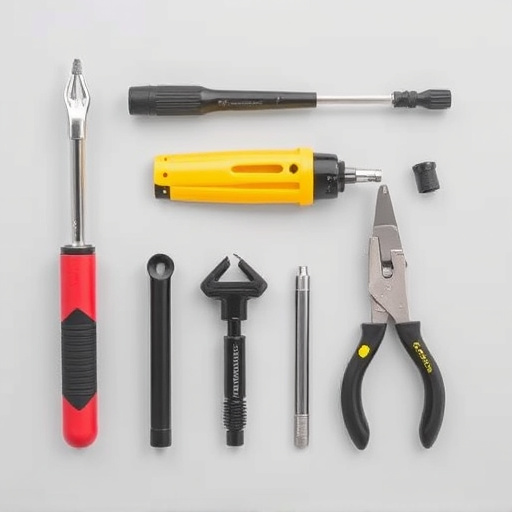Paintless dent repair for fleets offers a cost-effective solution to maintain professional vehicle appearances without traditional painting methods. Influenced by fleet size, dent severity, location, and competition, this non-invasive technique significantly reduces downtime, labor costs, and overall paintless dent repair cost compared to collision repair shops. By adopting PDR, fleet managers can save on repairs, enhance vehicle value, improve operational efficiency, and reduce their environmental impact.
In today’s competitive business landscape, maintaining a fleet of vehicles in pristine condition is essential. Paintless dent repair (PDR) has emerged as a game-changer for commercial fleets, offering an efficient and cost-effective solution for dent removal. This article delves into the world of PDR cost for commercial fleets, explaining the factors influencing expenses and providing strategies to maximize efficiency while minimizing financial impact. By understanding these key aspects, fleet managers can make informed decisions regarding this innovative repair method.
- Understanding Paintless Dent Repair for Fleets
- Factors Influencing Commercial Fleet Costs
- Maximizing Efficiency: Cost-Effective Strategies
Understanding Paintless Dent Repair for Fleets

Paintless dent repair for fleets is a specialized service designed to address and rectify dents and scratches on vehicles without traditional painting or vehicle restoration methods. This process is particularly beneficial for commercial fleets as it offers a cost-effective solution for maintaining a professional appearance while minimizing downtime. Unlike collision repair shops that often require extensive repainting, paintless dent repair techniques allow technicians to work their magic directly on the vehicle’s panel, restoring it to its original condition.
By employing advanced tools and skilled technicians, this method effectively removes dents, ensuring a seamless finish. It’s not just about aesthetics; it’s also efficient in reducing the overall paintless dent repair cost for fleet managers. This is especially valuable for businesses aiming to keep their vehicles in top shape while managing operational expenses, as it eliminates the need for frequent scratch repairs and repainting, contributing to long-term savings.
Factors Influencing Commercial Fleet Costs

Several factors significantly influence the cost of paintless dent repair for commercial fleets. One key consideration is the size and scope of the fleet; larger fleets with more vehicles will generally have higher per-vehicle costs due to the need for specialized equipment, trained technicians, and efficient management of parts and labor. The type and severity of dents also play a crucial role in determining pricing. Complex or deep dents that require extensive manipulation may incur higher charges compared to shallow, smaller imperfections.
Additionally, location and competition among local vehicle body shops can affect pricing. In areas with high demand for auto repair services and limited options, paintless dent repair costs might be more expensive. Conversely, regions with a surplus of vehicle paint repair facilities could offer competitive rates. It’s also worth noting that some fleet managers opt for comprehensive packages or contracts that include regular maintenance and repair services, which can potentially reduce individual treatment costs for each vehicle over time.
Maximizing Efficiency: Cost-Effective Strategies

In the realm of commercial fleet management, maximizing efficiency is key to cutting costs and maintaining a competitive edge. One effective strategy involves adopting cost-effective approaches to vehicle restoration, specifically through paintless dent repair (PDR). PDR offers a significant advantage over traditional painting methods by eliminating the need for extensive body shop work, reducing labor costs and minimizing downtime. This non-invasive technique is ideal for fleets as it allows for quick repairs at a fraction of the usual price, enhancing overall vehicle value and operational efficiency.
By prioritizing PDR for minor dents and scratches, fleet managers can significantly lower repair expenses. It’s an eco-friendly option too, as it reduces waste and minimizes the carbon footprint associated with traditional painting processes. Moreover, regular PDR treatments can extend the lifespan of vehicles, delaying the need for frequent replacements, thereby saving on auto maintenance costs in the long run.
Paintless dent repair (PDR) offers a cost-effective solution for commercial fleet owners looking to restore their vehicles without traditional repainting. By understanding the influencing factors, such as vehicle type, damage extent, and labor rates, fleet managers can optimize PDR’s affordability. Implementing efficient strategies, like proactive maintenance and specialized training for technicians, further reduces paintless dent repair costs, making it a smart choice for maintaining a professional image while saving on significant repainting expenses.



